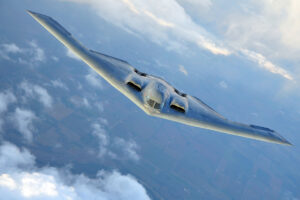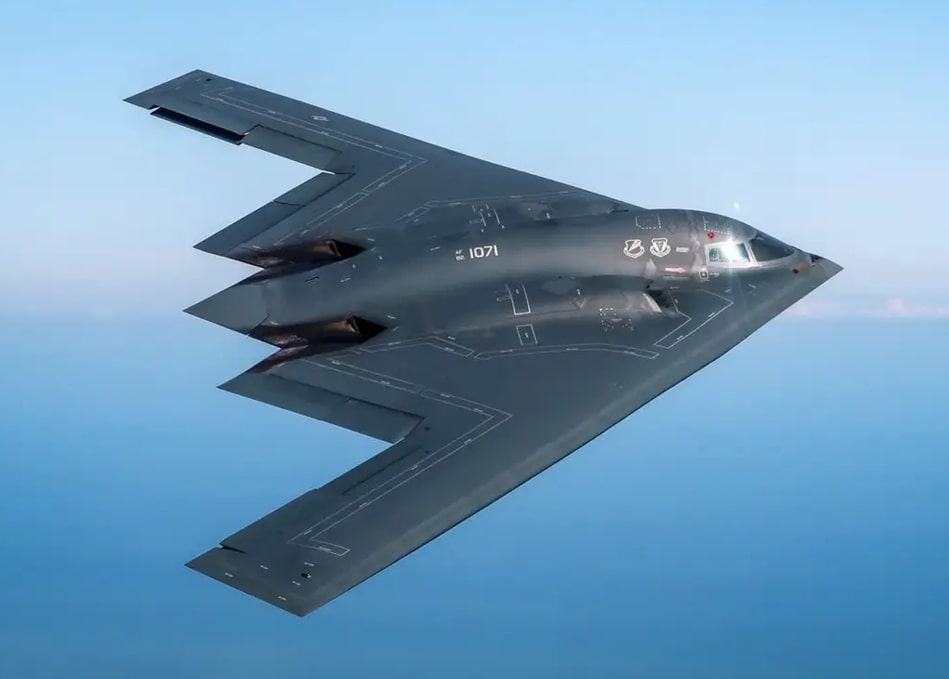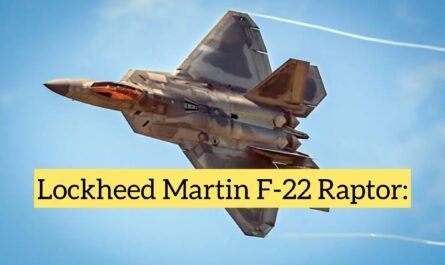The Northrop B-2 Spirit, commonly known as the B-2 Stealth Bomber, is a pivotal component of the United States Air Force’s strategic capabilities. Renowned for its advanced stealth technology and long-range precision strike capabilities, the B-2 has played a significant role in modern military operations.Wikipedia
Design and Development
Developed by Northrop Grumman, the B-2 Spirit is a subsonic, flying-wing aircraft designed to penetrate dense anti-aircraft defenses. Its unique design eliminates the need for vertical stabilizers, reducing radar cross-section and enhancing stealth. The aircraft’s low-observable features are achieved through a combination of its shape, radar-absorbent materials, and advanced avionics.Wikipedia
The B-2’s development began in the 1980s under the Advanced Technology Bomber (ATB) program. Despite initial challenges and high costs, the program culminated in the production of 21 aircraft between 1988 and 2000. Each unit cost approximately $737 million, with total procurement costs averaging $929 million per plane .Wikipedia+1Encyclopedia Britannica+1

Specifications
-
Length: 69 feet (21 meters)
-
Wingspan: 172 feet (52.4 meters)
-
Height: 17 feet (5.2 meters)
-
Maximum Takeoff Weight: approximately 336,500 pounds (152,000 kg)
-
Crew: 2 (pilot and mission commander)
-
Engines: 4 × General Electric F118-GE-100 turbofan engines
-
Speed: Subsonic
-
Range: 6,000 nautical miles unrefueled; over 10,000 nautical miles with aerial refueling
-
Armament: Up to 40,000 pounds (18,000 kg) of ordnance, including both conventional and nuclear weapons .Encyclopedia Britannica+1Wikipedia+1Wikipedia
Operational History
The B-2 Spirit was first delivered to Whiteman Air Force Base in Missouri in 1993 and achieved initial operational capability in 1997. Its combat debut occurred during the Kosovo War in 1999, where it demonstrated the effectiveness of precision-guided munitions in modern warfare. Since then, the B-2 has participated in various operations, including missions in Afghanistan, Iraq, and Libya .Encyclopedia Britannica+3Wikipedia+3Business Insider+3
In recent years, the B-2 has been deployed to regions such as the Indian Ocean, signaling a potential escalation in response to geopolitical tensions. For instance, the U.S. deployed B-2 bombers to Diego Garcia to bolster its capacity to target deep bunkers used by adversaries .WSJ+1couriermail+1
Stealth and Technology
The B-2’s design incorporates advanced stealth features, including a flying-wing configuration and radar-absorbent materials, making it difficult to detect by enemy radar systems. Its avionics suite includes the AN/APQ-181 multi-mode radar, GPS guidance, and a Defensive Management System (DMS) to assess and respond to potential threats .Wikipedia
Challenges and Accidents
Despite its advanced technology, the B-2 has faced challenges. In 2008, a B-2 Spirit of Kansas crashed shortly after takeoff from Andersen Air Force Base in Guam due to a malfunction in the aircraft’s air data system. The incident resulted in the aircraft’s destruction, marking the first operational loss of a B-2 bomber .Wikipedia+1Wikipedia+1Wikipedia+1Wikipedia+1
Future Outlook
The B-2 Spirit is expected to remain in service until 2032, when it will be succeeded by the Northrop Grumman B-21 Raider. The B-21 is anticipated to incorporate even more advanced stealth technologies and capabilities, ensuring the U.S. maintains its strategic advantage in long-range precision strike operations.Wikipedia+1couriermail+1
Conclusion
The Northrop B-2 Spirit has been a cornerstone of the United States’ strategic bomber fleet, showcasing the evolution of stealth technology and precision warfare. As the B-2 approaches the end of its service life, its legacy continues to influence the development of future military aircraft.

